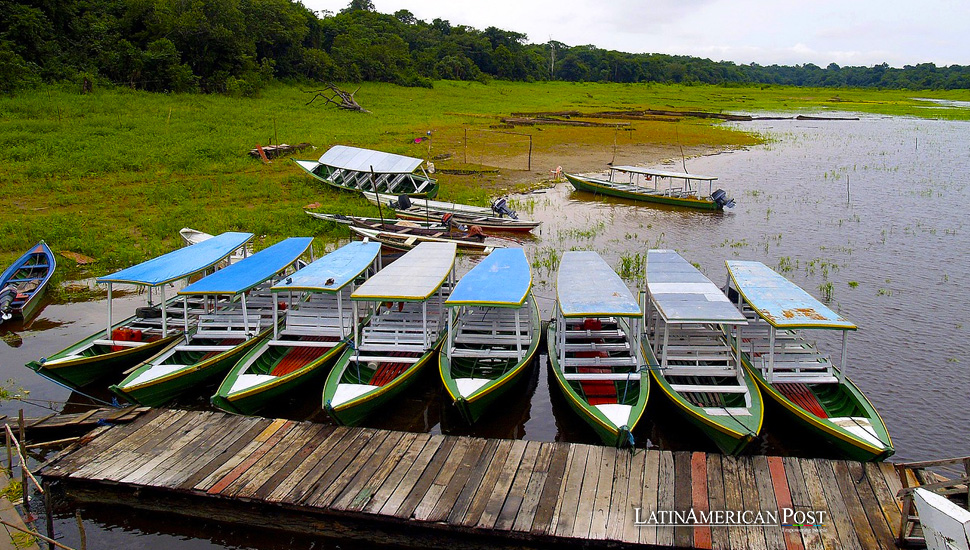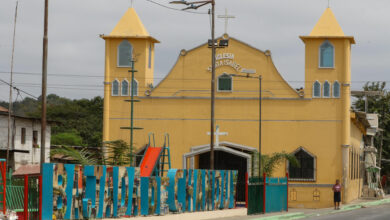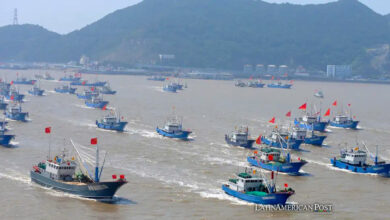Record Levels of Heavy Metals Found in Fish from the Ecuadorian Amazon: A Threat to Ecosystem and Indigenous Lives

Record levels of heavy metal pollution have been detected in the fish of Ecuador’s Amazon, highlighting the grave environmental and health impacts of increased industrial and artisanal extraction activities, primarily gold mining, on one of the planet’s vital lungs.
Unveiling Ecological Concerns in Ecuador’s Amazon
In the lush, vibrant heart of South America lies the Amazon rainforest, known for its unparalleled biodiversity and recognized as one of the earth’s most crucial ecological bastions. However, recent scientific findings have cast a shadow over its verdant expanse, revealing alarmingly high concentrations of heavy metals in the aquatic organisms of Ecuador’s Amazon. This contamination is intricately linked to the escalating extraction of natural resources, notably through gold mining activities that are now threatening not only the region’s biodiversity but also the survival of its indigenous populations.
The study, a collaborative effort involving Ecuador’s University of Las Americas (UDLA), the World Wildlife Fund’s Ecuador office, the National Institute of Biodiversity (Inabio), and Canada’s Royal Ontario Museum, with funding from Belgium’s Development Aid Agency, paints a worrying picture of environmental degradation. It underscores how mining, oil extraction, and deforestation contribute significantly to the pollution levels in the Amazon, further endangering this critical ecosystem.
Focus on Amazonian Basins: Examining the Threats
The research focused on the Amazonian basins of the Napo and Pastaza rivers, including tributaries like Aguarico, Cuyabeno, and Bobonaza. Through the analysis of 360 fish specimens representing 58 species, the study assessed the concentration of various metals, including aluminum, arsenic, cadmium, chromium, copper, helium, manganese, nickel, lead, zinc, and, notably, mercury.
Mercury pollution, in particular, is alarming due to its harmful effects on human health and wildlife. It’s estimated that over 800 tons of mercury are released annually into the Amazon basin, primarily through gold extraction and refining processes. This heavy metal’s presence in the aquatic food chain poses severe risks, especially to indigenous communities and rural populations reliant on fish as a staple food source.
The investigation reveals that 15 fish species and 53 specimens contained heavy metal concentrations exceeding recommended standards. Such contamination not only threatens human health, leading to increased risks of cardiovascular and neurological disorders, cancer, and developmental issues in children, but also jeopardizes the survival of iconic Amazonian wildlife, including the pink river dolphin (Inia geoffrensis) and the tucuxi dolphin (Sotalia fluviatilis), both of which are now facing severe threats in the Ecuadorian Amazon.
Regional Implications of Environmental Degradation
The broader implications of these findings are not confined to Ecuador alone. Similar patterns of environmental degradation and heavy metal pollution have been observed across the Latin American region, affecting countries like Peru, Brazil, Colombia, and Venezuela, all of which share the vast Amazonian biome. These nations have witnessed the detrimental impacts of unchecked industrial activities, including oil drilling and metal mining, on their natural resources and indigenous populations.
In response to these challenges, the institutions involved in the study have committed to ongoing monitoring efforts to document the sustained and comprehensive impacts of heavy metal pollution in the Ecuadorian Amazon and the wider western Amazon region. Such initiatives are crucial for developing effective strategies to mitigate environmental damage, protect biodiversity, and ensure the health and survival of indigenous communities.
Also read: Illegal Mining Ravages Ecuador’s Amazon as Evidenced in a Dire Increase in Deforestation
As the Amazon faces these unprecedented threats, the international community’s role in supporting conservation and sustainable development efforts becomes more critical. It’s a call to action for governments, NGOs, and individuals to safeguard the Amazon rainforest, a biodiversity treasure, and a global ecological linchpin for future generations.





